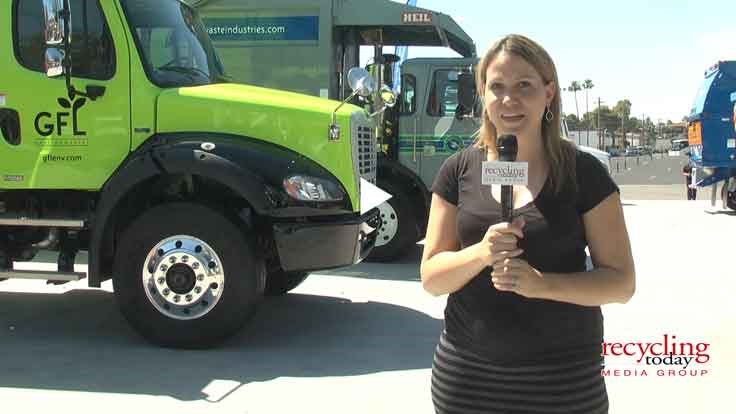House Reps. Tom Reed, R-New York, and Ron Kind, D-Wisconsin, introduced new bipartisan legislation June 16, the Agriculture Environmental Stewardship Act (HR 5489), with the support of 12 additional Republican and Democratic leaders in the U.S. House of Representatives. The American Biogas Council (ABC), a trade association for the U.S. biogas industry, applauds the bill which is designed to increase the sustainability of farms by helping to deploy new nutrient recovery and biogas systems to recycle organic material into baseload renewable energy and healthy soil products. The act provides a 30 percent investment tax credit (ITC) for qualifying biogas and nutrient recovery systems.
"For a healthy economy, we need healthy soils and clean waterways. Biogas and nutrient recovery systems contribute to cleaner, healthier soil and water and the Agriculture Environmental Stewardship Act will make these systems possible," says Patrick Serfass, ABC executive director. "We thank Congressmen Reed, Kind and the other co-sponsors of this bill for recognizing the far reaching benefits of sustainable farming where organic material and nutrients are recycled to create beneficial soil products, baseload renewable energy and jobs."
The Introduction of HR. 5489 reflects the critical need to support economically and environmentally sustainable agricultural practices that protect waterways and enrich soils, says ABC. Currently no tax incentive exists for nutrient recovery systems which farms increasingly need to properly manage the nutrients found in raw manure. Currently, only biogas projects that generate electricity are eligible for a production tax credit under section 45 of the federal tax code, omitting other energy uses like production of pipeline quality natural gas and compressed renewable natural gas vehicle fuel.
"This measure recognizes the value that biogas systems can have as dairy producers continue improving the sustainability of their farms, large and small, across the country," says Jim Mulhern, president and CEO of the National Milk Producers Federation. "Importantly, the creation of this new investment tax credit also addresses the value of nutrient recovery technologies, which can transform manure into fertilizer for crops and bedding for cows. This bill will help dairy farmers to utilize these new, often expensive technologies on their dairies."
In addition to lead authors, Reps. Kind and Reed, the Agriculture Environmental Stewardship Act has been co-sponsored by Reps. Bob Gibbs, R-Ohio; John Moolenaar, R-Michigan; Dan Newhouse. R, Washington; Reid Ribble, R-Wisconsin; Elise Stefanik, R-New York; Mike Simpson, R-Idaho; David Valadao, R-California; Joe Courtney, D-Connecticut; Suzan DelBene, D-Washington; Mark Pocan, D-Wisconsin; Tim Walz, D-Minnesota; and Peter Welch, D-Vermont. A similar bill is expected to be introduced in the Senate.
By deploying nutrient recovery systems that allow farms to apply nutrients when and where they are needed throughout the year, farms greatly reduce the potential environmental impact and the use of expensive chemical fertilizers which are often imported, says ABC.
While nutrient recovery systems can be used alone, their performance is enhanced when used with a biogas system. Biogas systems transform manure and other organic residuals like food waste using a natural, microbial process (not too different than what happens in a cow's stomach) producing a digestate containing all of the nutrients but in more bioavailable forms. Since the digestate is already warm and homogenous as it leaves the biogas system, nutrient separation is more efficient and the reliability of separating or concentrating the nutrients from the digestate is increased. This allows farmers and landscapers greater control of how much of each nutrient is applied to the soil.
Concurrently, the digestate leaving the biogas system is 95 percent free of odor, fly larvae - and importantly - as much as 99 percent free of pathogens, preventing the spread of E. coli in watersheds. Finally, biogas systems capture all of the methane to generate baseload renewable energy, preventing greenhouse gas emissions and reducing reliance on fossil fuels. Combined, the biogas and nutrient recovery systems create jobs both during construction and ongoing operation of new systems through the daily input and processing of organics and the use and sale of energy and nutrients.

American Biogas Council supports newly introduced Agriculture Environmental Stewardship Act
HR 5489 provides a 30 percent investment tax credit for qualifying biogas and nutrient recovery systems.
June 16, 2016
REW Staff
REW Staff



